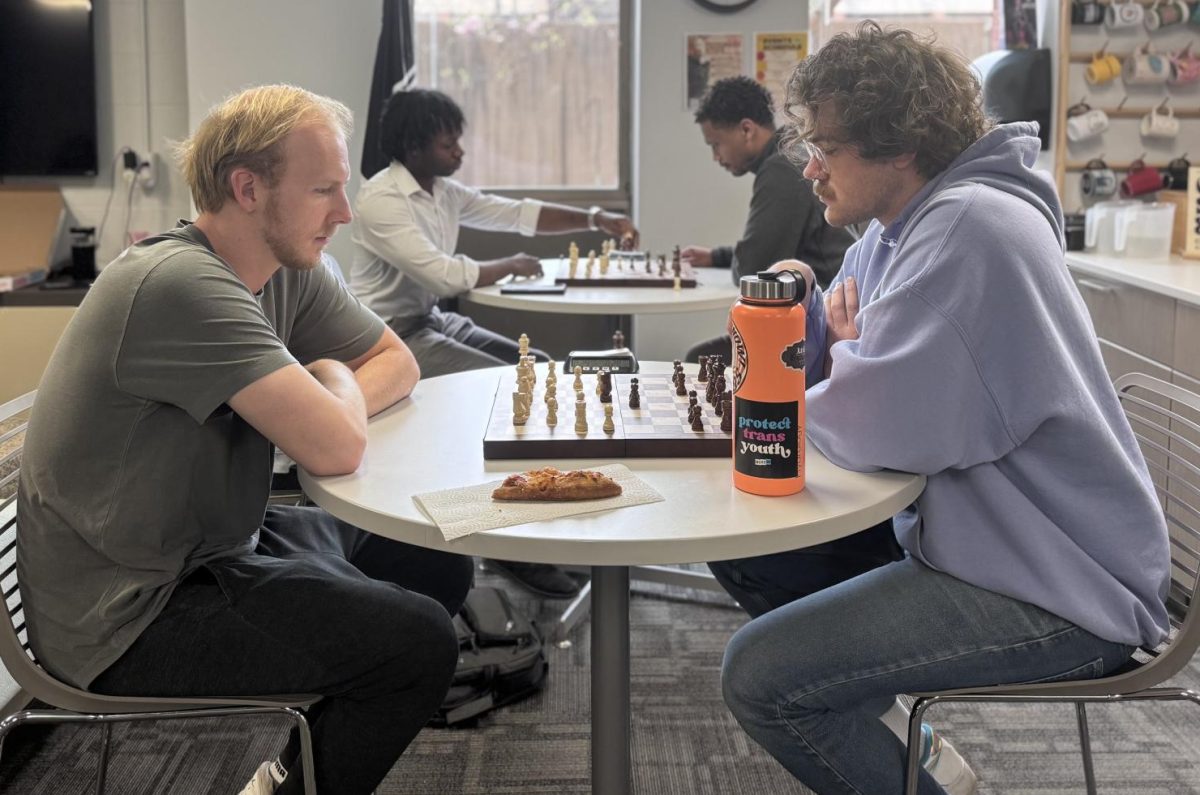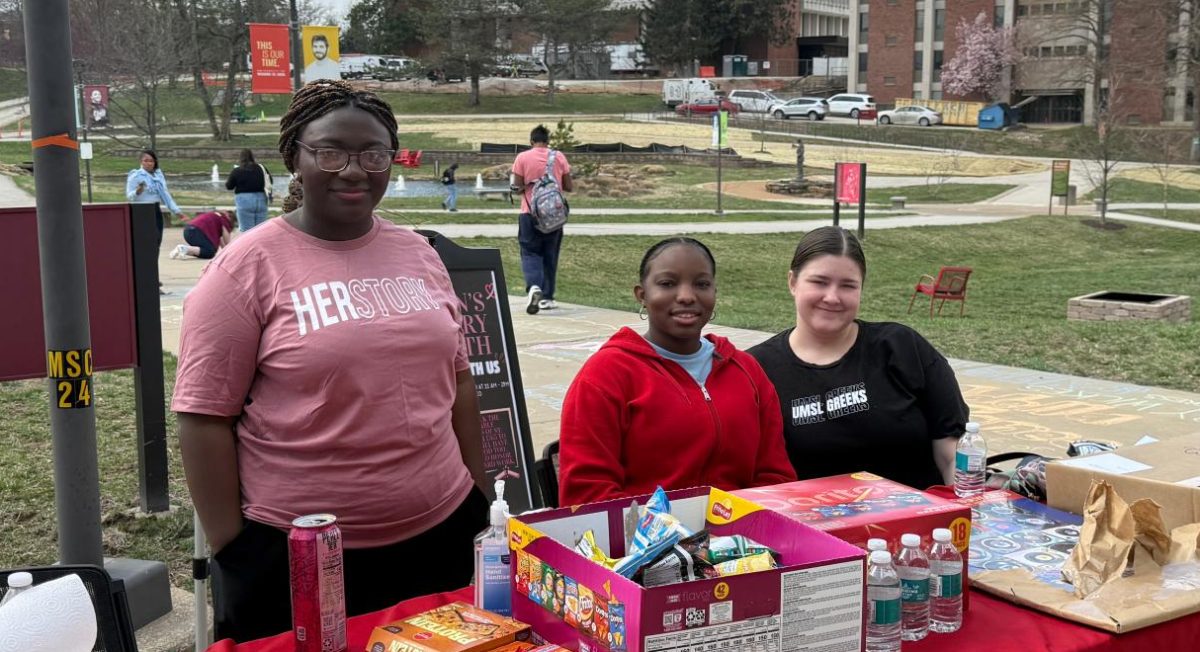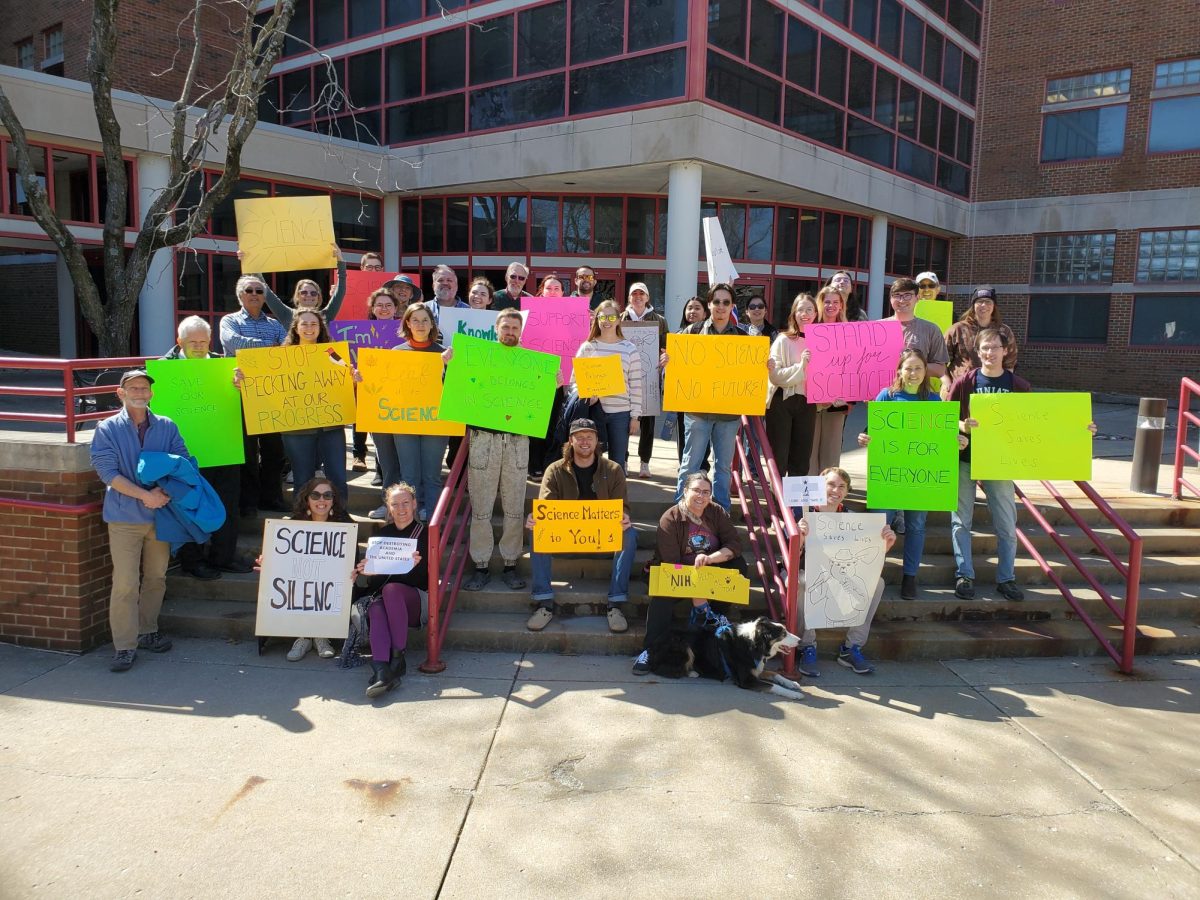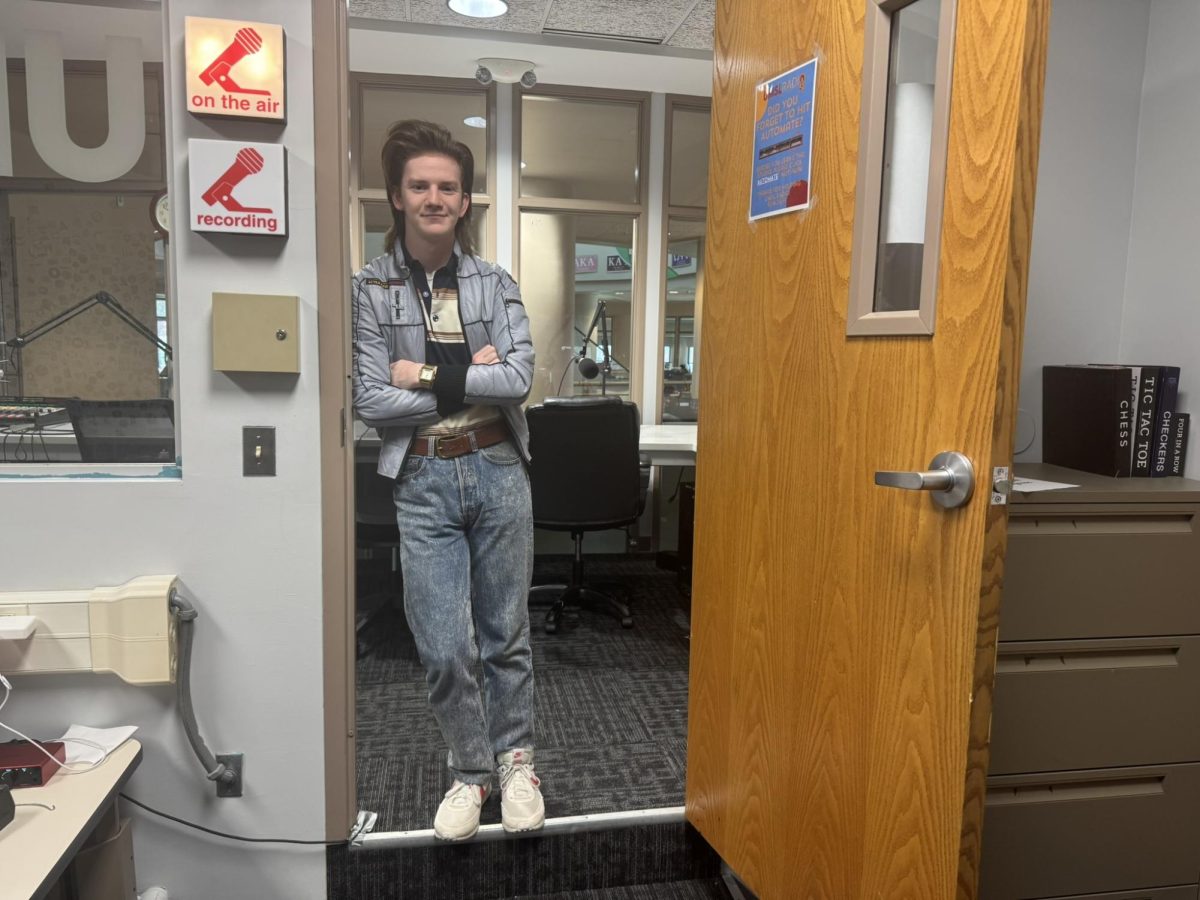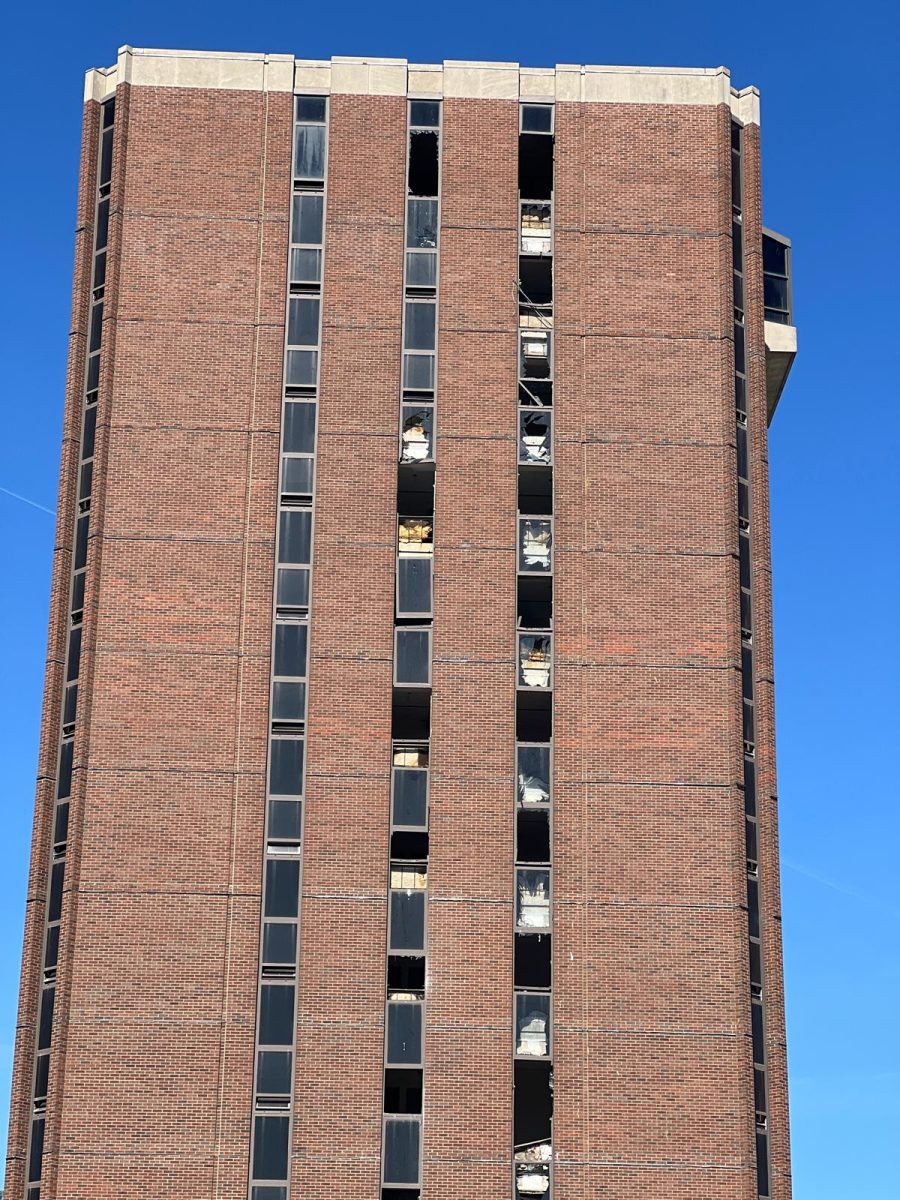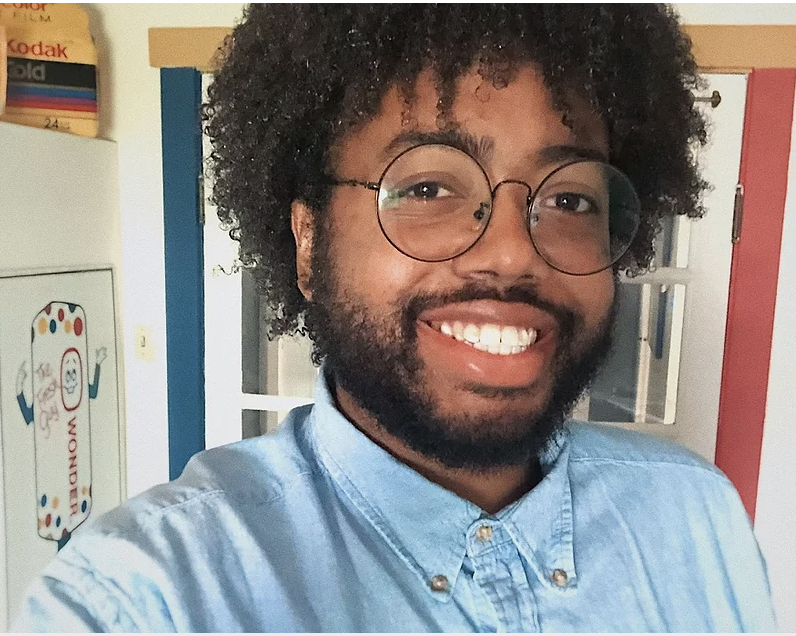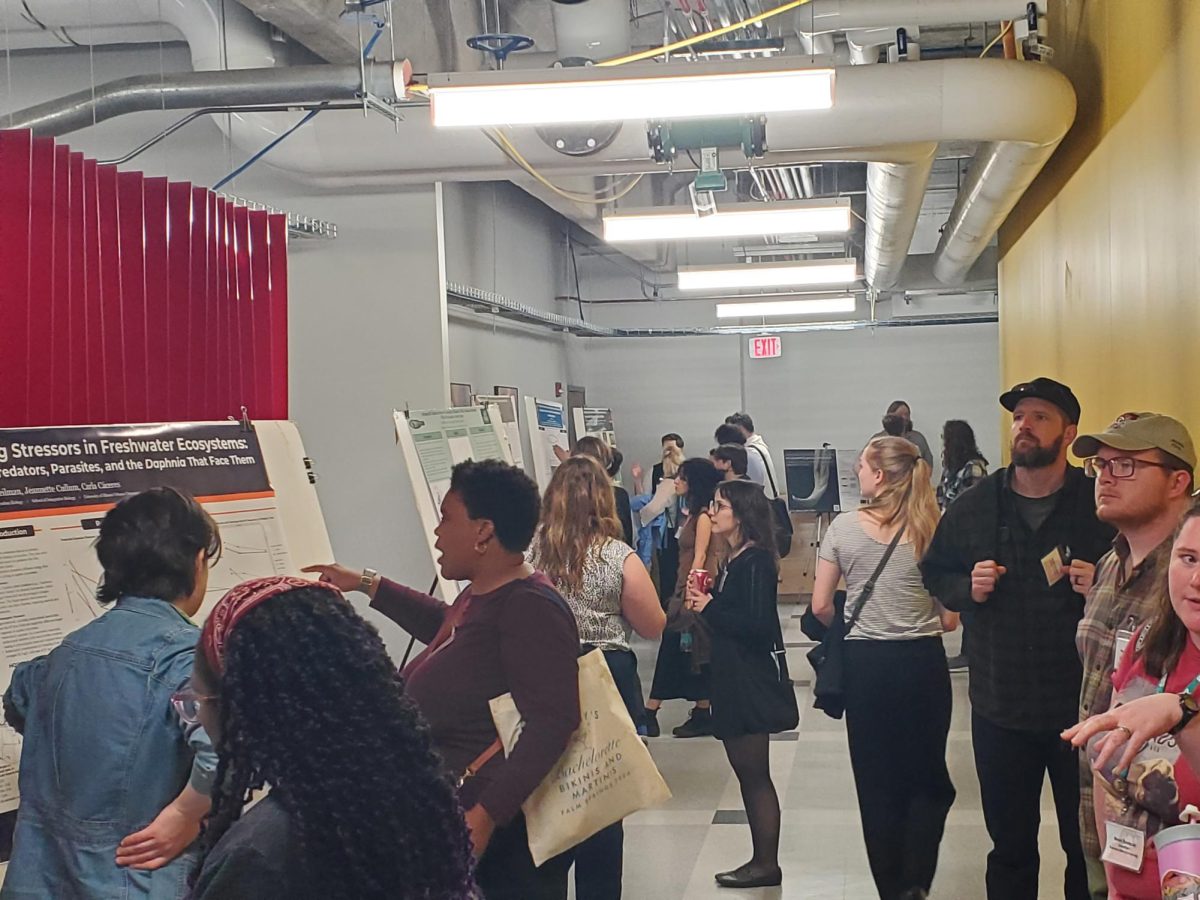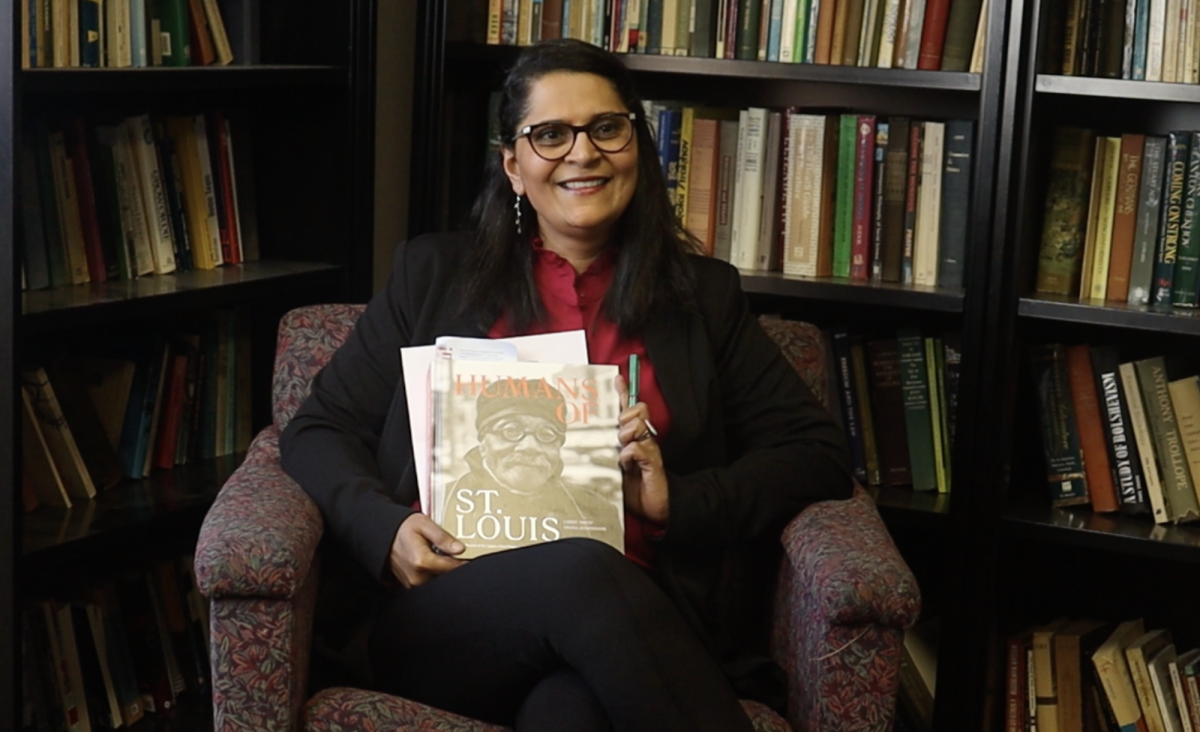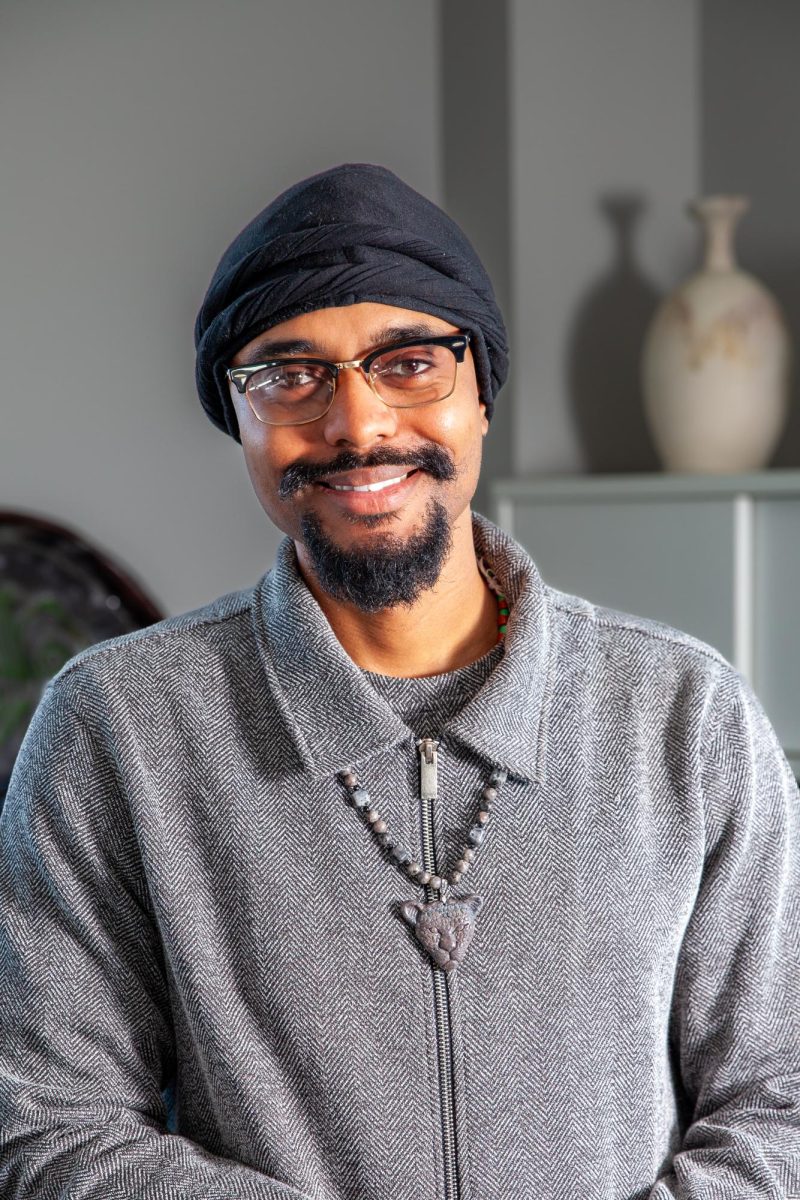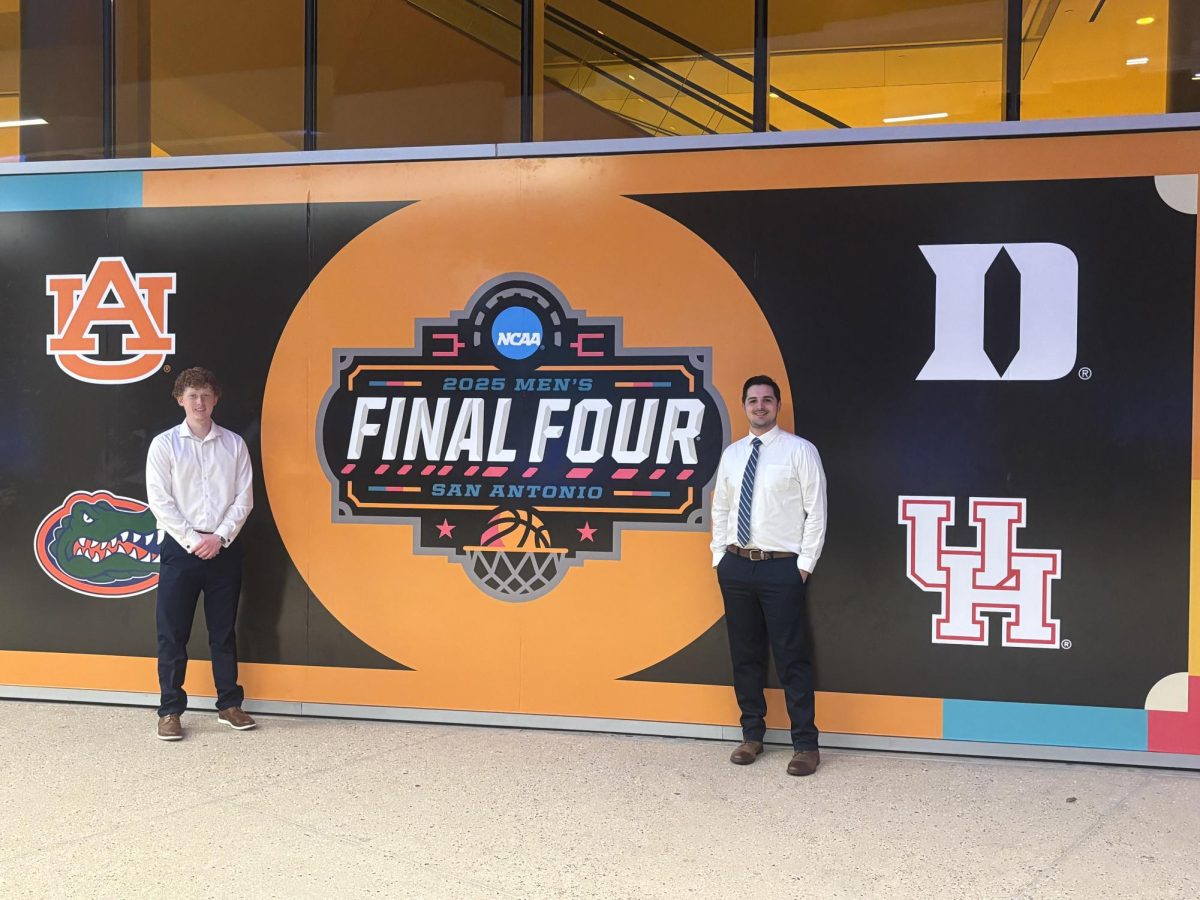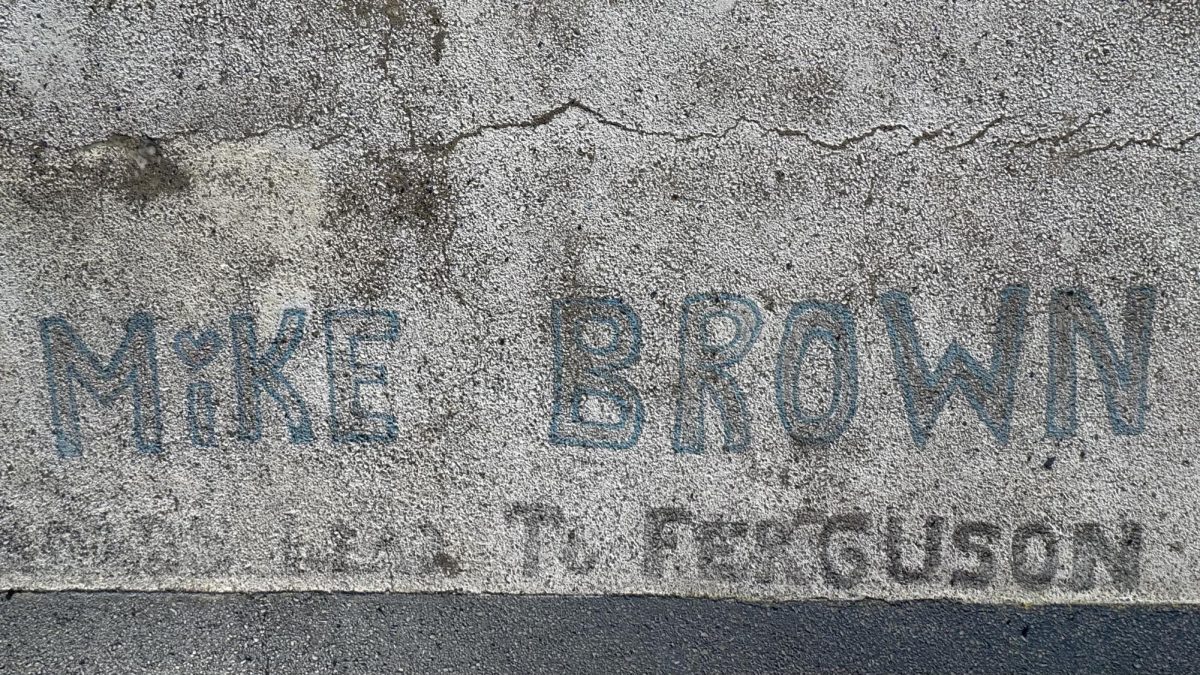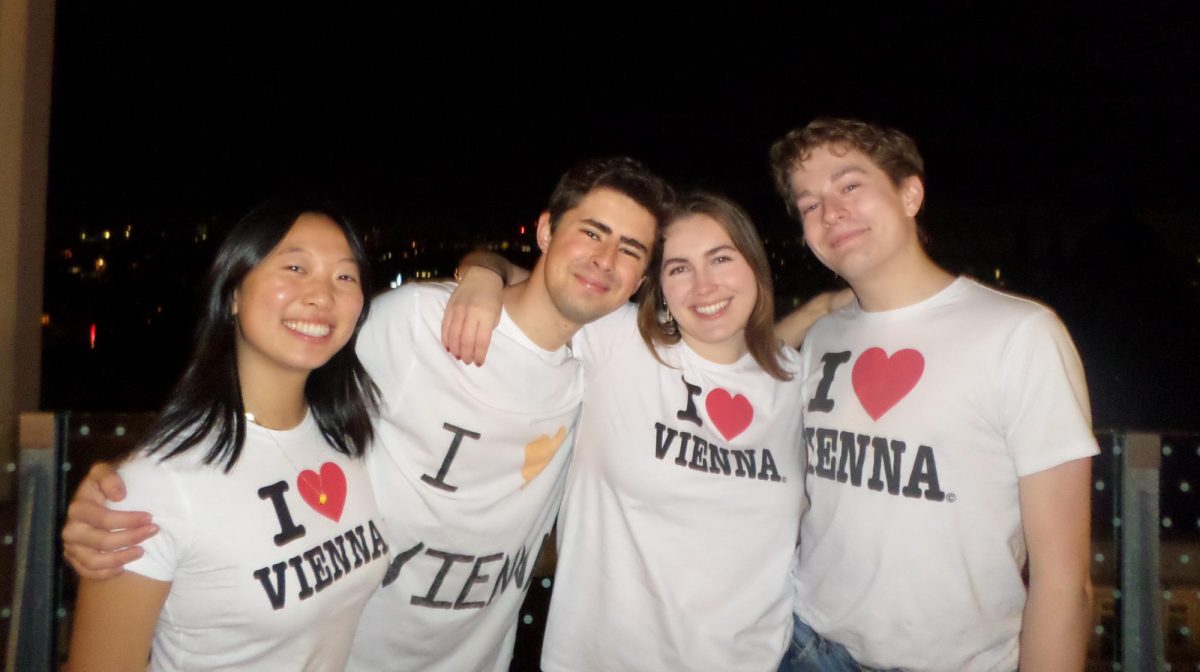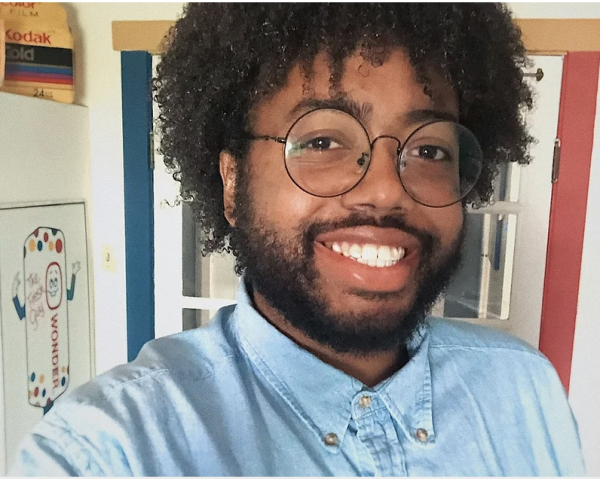Graduate student Taylor Cook has spent the past year becoming an expert on the UMSL campus. As the Project Management and Mass Communications Intern for the Office of the Chancellor, she is an essential player in the Transform UMSL project. She offers a student’s perspective in important conversations otherwise void of students’ presence and communicates the project’s mission to the people it will affect the most.
Cook’s undergrad degree is in psychology, which led her to social work. Through that work, she worked with vulnerable populations and noticed a severe gap between institutions and the communities they serve. With the goal of affecting lasting systemic change, her interest in public policy was piqued.
Guided by her work experience and passions, she moved from Springfield, MO to enroll in UMSL’s Master of Public Policy Administration program. Since then, she’s rubbed elbows with the university’s decision-makers as Transform UMSL projects developed during the school’s 60th anniversary. During that time, her outreach to various student organizations and employees has helped to spread the word about the university’s next steps.
Cook says, “I wanted to do something bigger that made a lasting change . . .I chose UMSL because it’s a top-ranked public policy and service university.”
To create a deeper connection between UMSL and the surrounding neighborhoods, Cook has surveyed St. Louisans about what UMSL can do to be stewards of positivity within the community, directly affecting the development of campus projects.
Similarly, the development of campus projects relies on communication between students and decision-makers. As the student liaison, Cook has made great strides to involve employees and student organizations in the conversation by offering knowledgeable insight into the Transform UMSL mission while detailing the thoroughly researched history of the campus and its buildings.
One of the most exciting and pressing upcoming changes concerns the fate of the Social Sciences Building’s 13-floor Tower.
It’s hard to fathom what a cramped UMSL campus would look or feel like today. With students opting for online courses or generally coming to their classes and leaving immediately after, the energy and attendance on campus can vary depending on the day. However, in UMSL’s earliest days, the student population increased quickly, with little space to utilize for students, faculty and staff.
In 1971, the Social Sciences Building was upgraded by adding the SSB Tower, which added 13 floors and officially became the tallest building on campus. After the addition of the tower, campus capacity was increased by 900, allowing the 10,000 people on campus to learn and work comfortably.
During its 50-year history, the building has served as the home for multiple departments and various student organizations. At one point, the SSB Tower was the central hub for students, faculty, staff, guest speakers and special events. Vital to the university’s development and programs, the tower is an iconic piece of UMSL history and architecture. As time passed, however, and the development of campus grounds continued, new opportunities for growth emerged.
With Transform UMSL plans steadily moving forward, the SSB Tower will no longer be a fixture on the campus. With new visions in mind, the tower will be deconstructed, and UMSL’s evolving campus will see new accommodations to better serve the UMSL community. Saying goodbye to the tower may be bittersweet for some, but in true UMSL fashion, the continued development of the campus is constant and important for the university’s growth. Unfortunately, the best place to see the physical markers of the university’s expansion is from the Tower’s 13th-floor viewing window.
UMSL employees used to enjoy a birds-eye view of campus and St. Louis landmarks, including the arch, from what used to be a faculty lounge. Formerly a daily view, the top floor offers a breathtaking look at the campus and surrounding neighborhoods.
While researching the Tower’s history, Cook discovered that past UMSL students have enjoyed telling stories about it. In a now-defunct student parody publication called “The Stagnant,” students wrote wild stories about the Tower becoming the Amazon headquarters and a revolving restaurant being put on top of the lounge.
Jokes aside, the mystery surrounding the lounge has intrigued students for years. Cook having a front-row seat in conversations surrounding its and the university’s futures is just one of the many benefits of being a student staff member. Cook says that in a perfect world, UMSL would build on its already strong foundation of community service, something already in the plans as South Campus prepares to become the North St. Louis Business and Workforce District.
When speaking on her idea of a perfect UMSL, Cook says, “I think we’re on the right track to what I want, ideally, which is making the campus a utility for all . . . We’re such a vital resource for the community. We’re affordable, we do have a lot of opportunity for students and faculty alike. We’re contributing to so much vital research around here and public service…and I think what we’re doing is building on that.”
Plans on what will happen with the transformation are constantly being tweaked, but all finalized plans will continue to be communicated via the Transform UMSL updates. Though, no revolving restaurants are in the development plans–yet.
Some artifacts in the room are older than some current students, but jugs of expired juice (which frighteningly enough looks a lot like what it looks like when it’s “fresh”) and soap from 1999 are hardly living up to the stories written in “The Stagnant.” It may disappoint the imaginative and curious students who hoped to hear about eccentric décor or scandalous contraband kept in the lounge, but it is just a lounge with a fantastic view.
As the Spring 2024 semester ends and UMSL’s transformation moves forward, the university’s landscape will change. Just as in the past, the changes are made with consideration for the future of the university and the students and employees who will reap the benefits of these updates. With people like Taylor Cook in the room, there’s reason to hold on to optimism.


